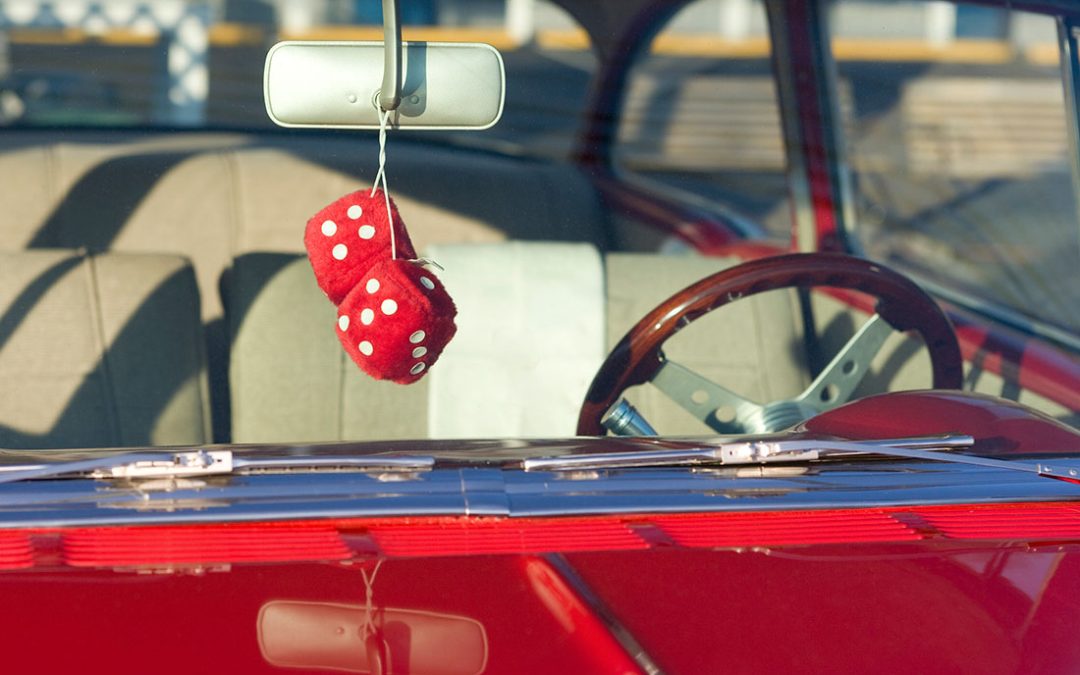When it comes to personalizing our cars, one of the common practices is hanging objects like air fresheners, ornaments, or religious symbols from the rearview mirror. While this might seem like a harmless act of personalization, it’s crucial to understand the legal and safety implications of this practice. In this article, we investigate the legality of hanging items from the rearview mirror and how it can obstruct a driver’s view, potentially leading to legal issues and safety hazards.
The Legality of Hanging Objects from the Rearview Mirror
The legal stance on hanging objects from the rearview mirror varies from state to state. Most states have laws that prohibit driving with any object that obstructs the view of the driver. However, the interpretation and enforcement of these laws can differ significantly. Here are a few examples:
- California Vehicle Code: No person shall drive a vehicle when the view through the windshield is obstructed by objects placed on the windshield or hanging between the driver and the windshield.
- New York State Law: Prohibits any obstructions that interfere with the driver’s clear view of the road.
- Florida Statutes: Allow for certain exceptions, such as parking permits, but generally restrict objects that impede the driver’s view.
Safety Concerns
The primary concern with hanging objects from the rearview mirror is safety. Objects dangling from the mirror can:
- Obstruct the Driver’s View: Even small objects can block a significant portion of the driver’s view, particularly of pedestrians, cyclists, or other vehicles.
- Cause Distractions: Moving or reflective objects can be a source of distraction, taking the driver’s attention away from the road.
- Impair Decision Making: An obstructed view can hinder a driver’s ability to make quick and informed decisions, especially in emergency situations.
Legal Consequences
Drivers who hang objects from their rearview mirrors and obstruct their view may face legal repercussions, such as:
- Traffic Citations: If a police officer deems that an object is obstructing your view, you could be issued a citation.
- Accident Liability: In the event of an accident, if it’s determined that the obstruction played a role, the driver could be held liable or deemed negligent.
- Insurance Implications: Following an accident, insurance companies may consider the presence of an obstructing object when assessing claims, potentially affecting coverage.
Best Practices
To avoid legal issues and maintain safety, consider the following best practices:
- Avoid Hanging Objects: The safest practice is not to hang any objects from your rearview mirror while driving. If you have a disabled parking permit or a work parking pass, wait until you are parked before you hang it on your rearview mirror.
- Small and Non-Reflective Items: If you choose to hang something, ensure it is small, non-reflective, and does not obstruct your view.
- Regularly Check for Obstructions: Be conscious of anything in your car that might obstruct your view and adjust as necessary.
- Stay Informed About Local Laws: Familiarize yourself with the specific laws in your state or any state you plan to drive in.
Conclusion
While personalizing your car with hanging objects might seem like a minor detail, it’s important to be aware of the potential legal and safety risks involved. The key is to always prioritize clear visibility and minimal distraction while driving. By understanding and adhering to the laws in your area and practicing safe driving habits, you can ensure a safer driving experience for yourself and others on the road. Remember, when it comes to safe driving, every little bit counts, including what hangs from your rearview mirror.
